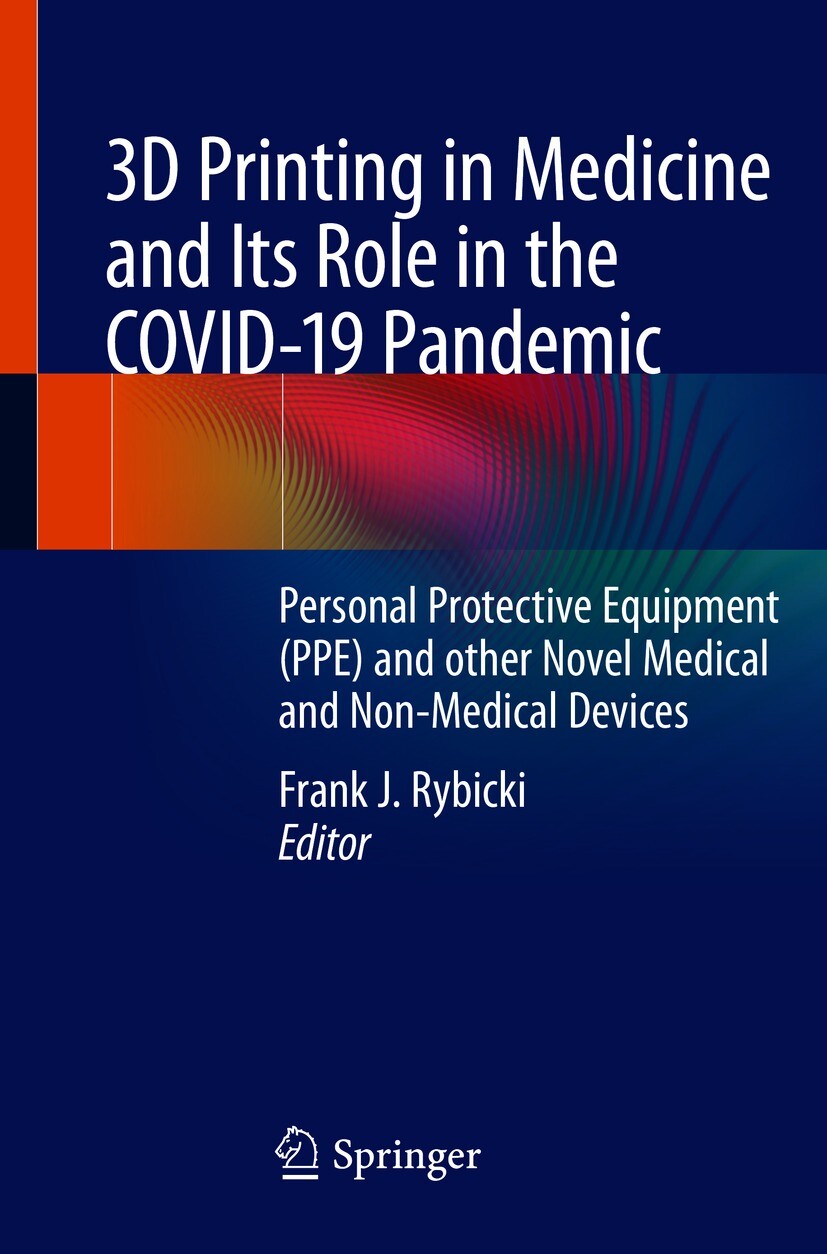3D Printing in Medicine and Its Role in the COVID-19 Pandemic
Personal Protective Equipment (PPE) and other Novel Medical and Non-Medical Devices
| Auflage | 1. Auflage, 2021 |
| Verlag | Springer-Verlag |
| ISBN | 9783030619930 |
Produktbeschreibung
Dr. Rybicki pioneered medical 3D printing, beginning with his global introduction of full-face transplantation surgical planning; his discoveries and opinions have been published in New England Journal of Medicine, Lancet, and other multidisciplinary journals. At RSNA 2013, his laboratory's presentation (as published in American Journal of Transplantation) included a Press Conference demonstrating the impact of clinical 3D printing; it was covered by all major television networks. Via the Associated Press the release had over 150 major US and international media feeds; the RSNA has officially reported an audience of 783 million individuals.
Dr. Rybicki developed and moderated the world's first radiology-based society-CME educational program in medical 3D printing. This and related programs managed by Dr. Rybicki have provided the opportunity for the first 1,200 radiologists and imaging scientists to obtain radiology-based CME for live software training in the field of 3D printing. He is Editor-in-Chief of the BMC peer-review journal 3D Printing in Medicine that launched in the fourth quarter of 2015. He co-edited with Dr. Gerald T. Grant a book 3D Printing in Medicine: A Practical Guide for Medical Professionals, published in October 2017.
In the Fall of 2016, after founding the organization one year earlier, Dr. Rybicki was named the first Chairperson of the RSNA Special Interest Group (SIG) on 3D Printing, initiating a new chapter for the field of medical modeling. The 400 members have supported Dr. Rybicki when, in September 2018, as part of an ACR team he co-led the successful AMA/ CPT application for category III billing codes for anatomic modeling (active July 1, 2019). He has also mentored the current SIG leadership team in the development of society guidelines and position statements that will steward 3D printing into the healthcare sector.
